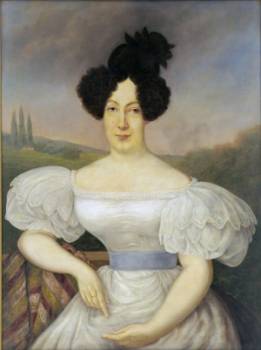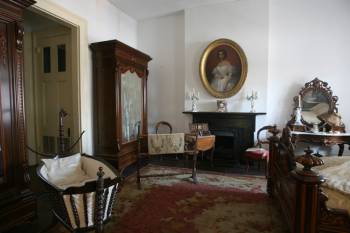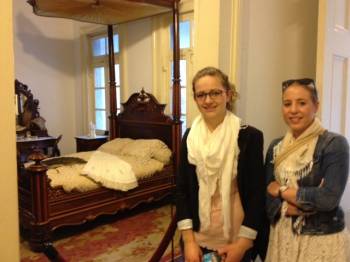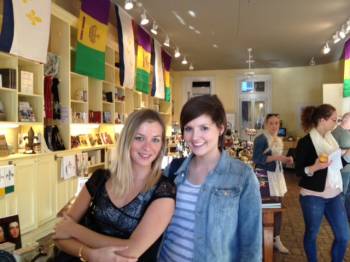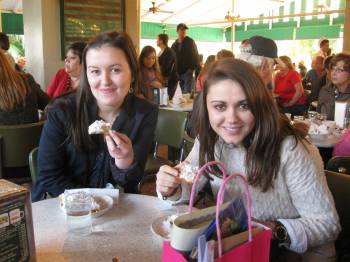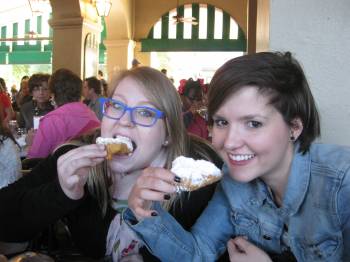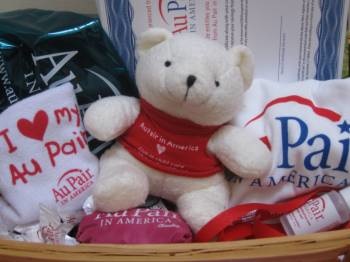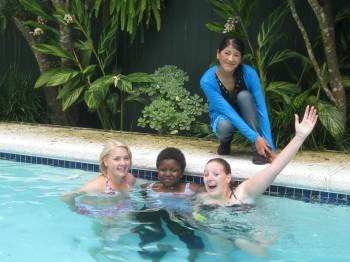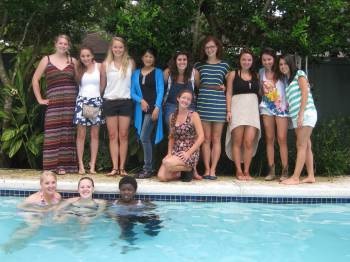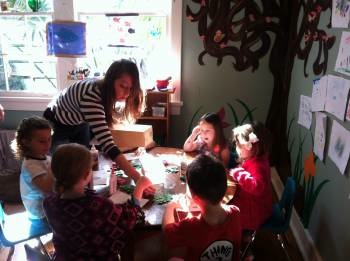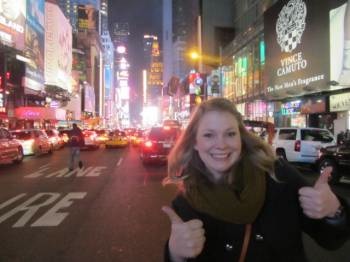Outdoor play is more than merely supervising children – it is an interactive learning experience with endless possibilities, and is essential to a child’s development.
Researchers have found movement to be crucial to children’s development and are concerned with the amount of inactive time children spend watching television, playing video games or working with computers. An excellent resource on this topic is Jane Healy’s book Endangered Minds. It is shown that children need to have large amounts of unstructured playtime in order to develop well- rounded personalities, to build self-esteem and self-confidence, develop healthy social skills by participating in group activities, and to stimulate their intellectual development.
Playing outdoors allows children the physical freedom that is not always possible indoors. The more children move, the more they learn, and children can play outdoors year-round with appropriate clothing.
Children of all ages need to explore the outdoor environment and learn from their experiences. Children are able to learn about the four basic elements of nature — air, fire, earth and water. They can find places to pretend they are whoever they want to be, such as a firefighter a super-hero or an animal. There are places for creativity, such as drawing on the sidewalk with chalk or painting the driveway with water. Children can look for something heavy or light, something smooth or rough, something bright or dark, something man-made or natural, something huge or tiny, the possibilities are endless.
Creative outdoor play takes what is already on this earth and uses it in a way which is unique to a child: digging in the dirt or sand, making ditches and rivers where toy boats can float, or creating roads for toy trucks and cars. It means giving children the freedom for exploration and discovery. Children grow by daring, risking, failing, redoing and succeeding. Help children grow mentally and physically by playing outdoors whenever possible, giving them the opportunity to learn from the world around them.
